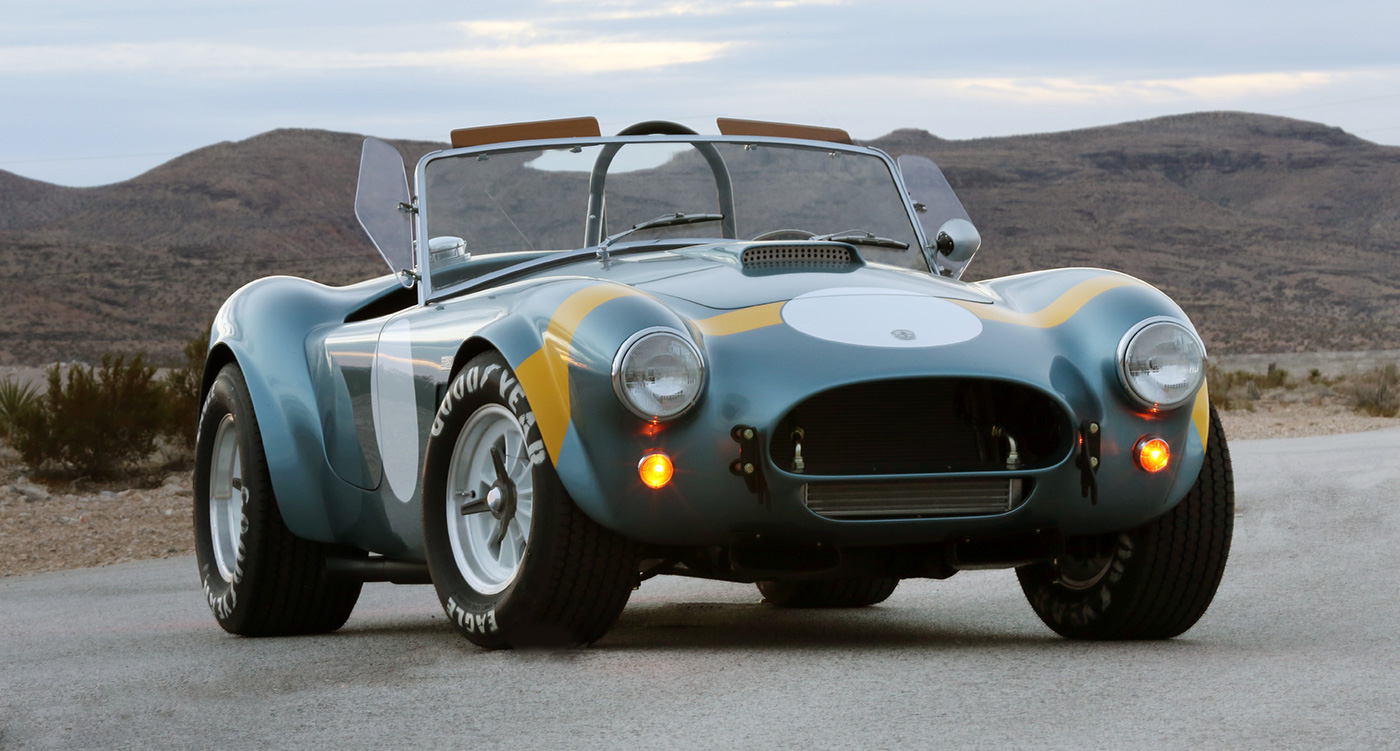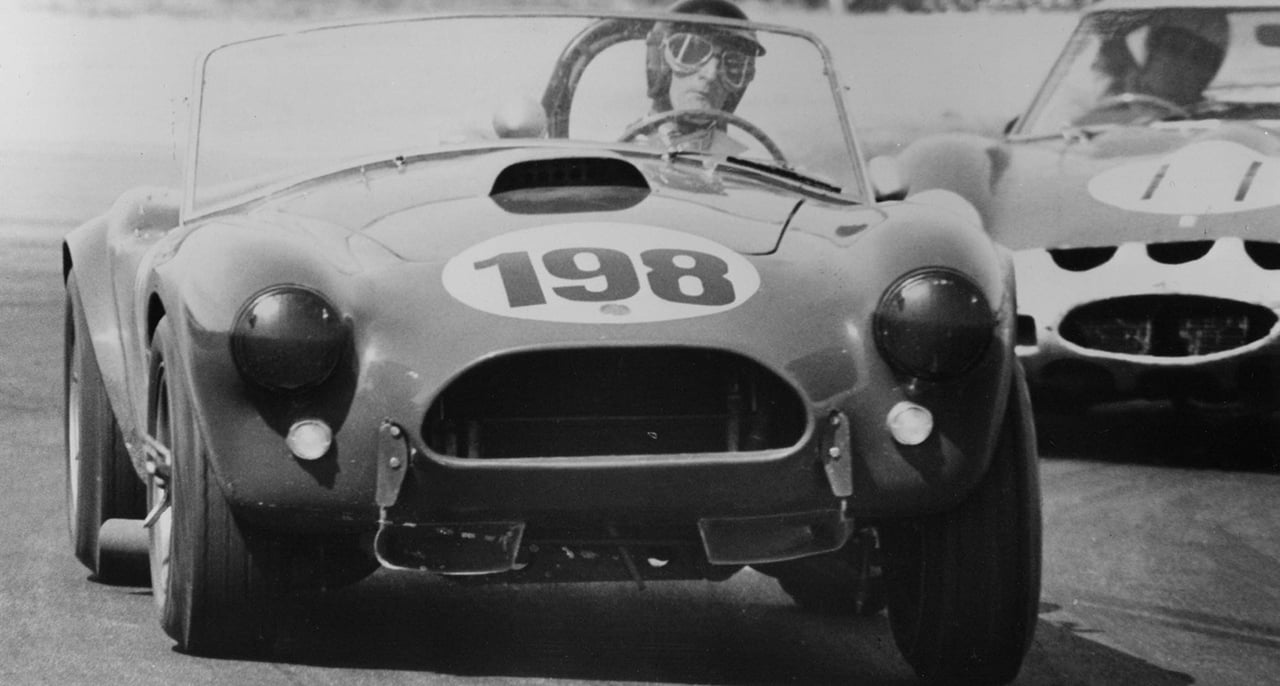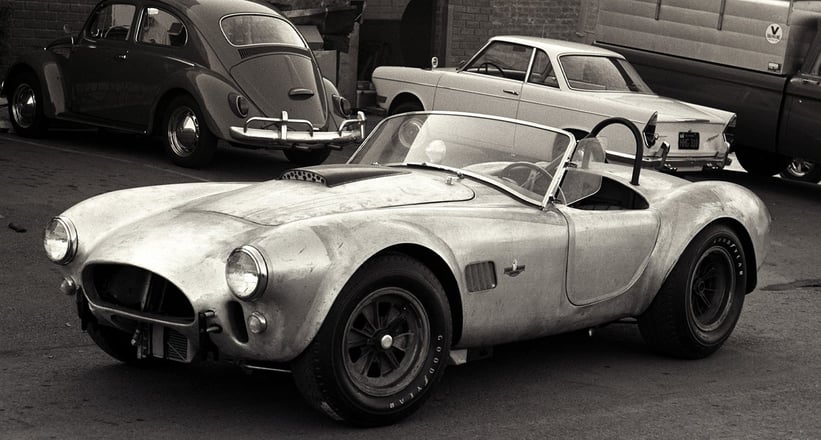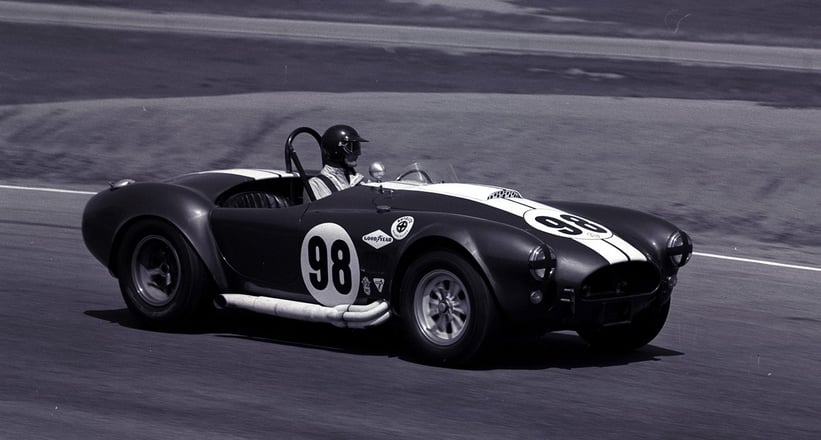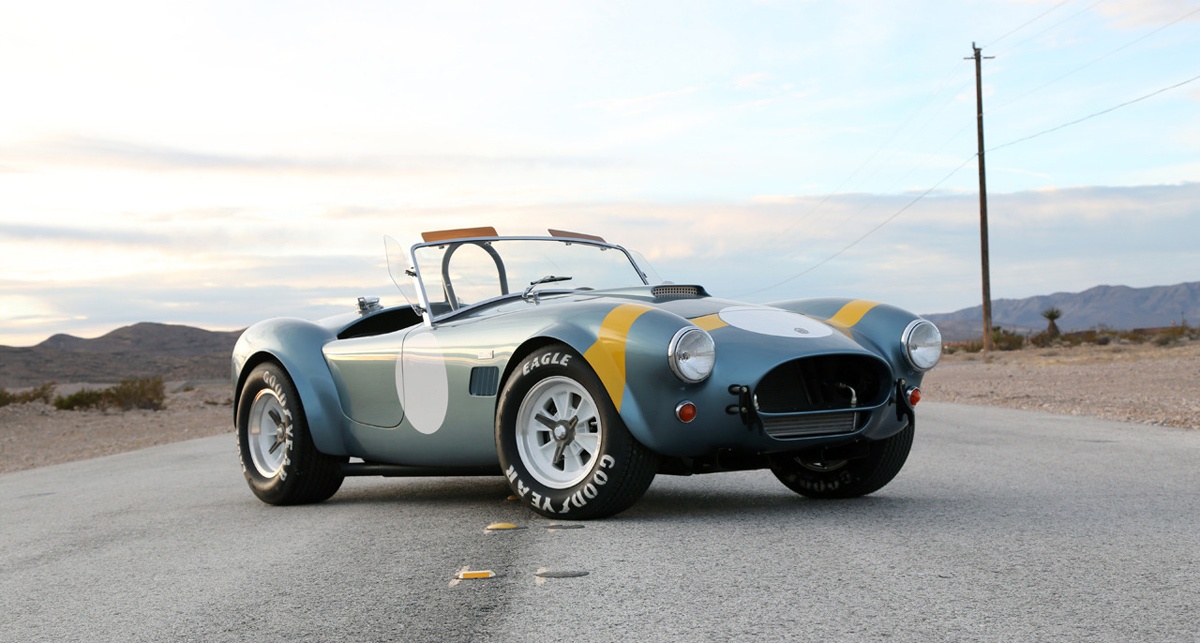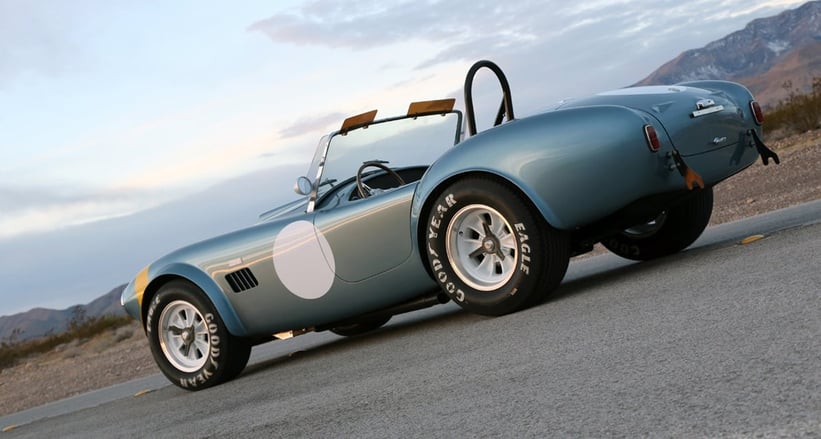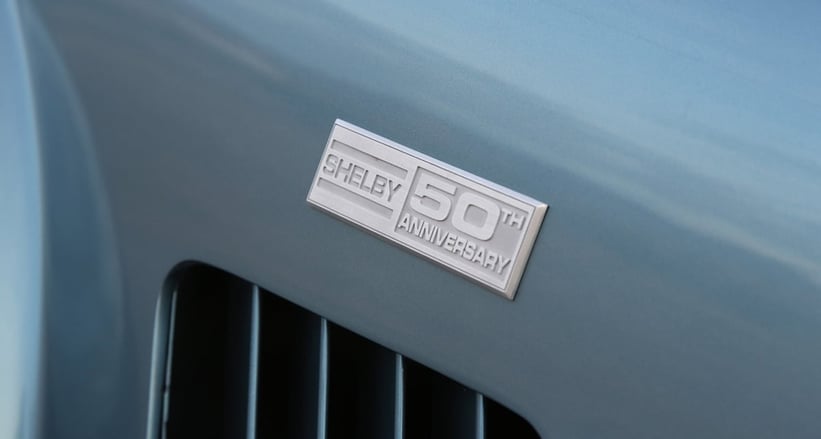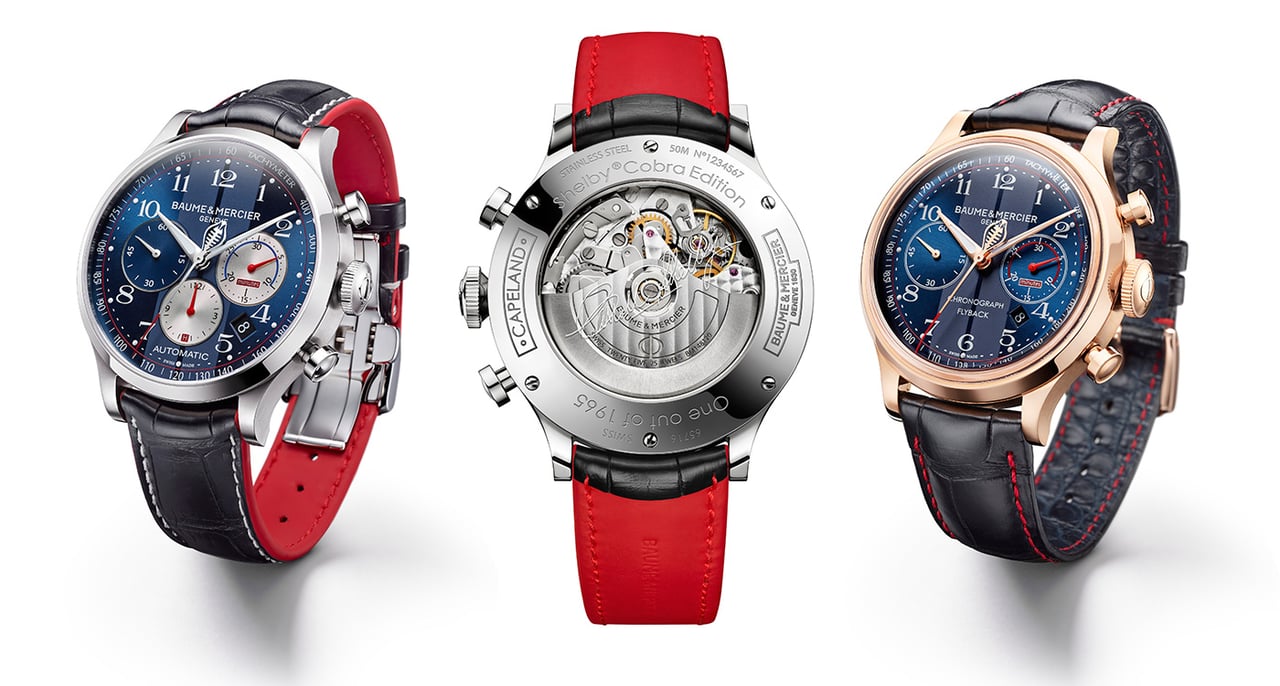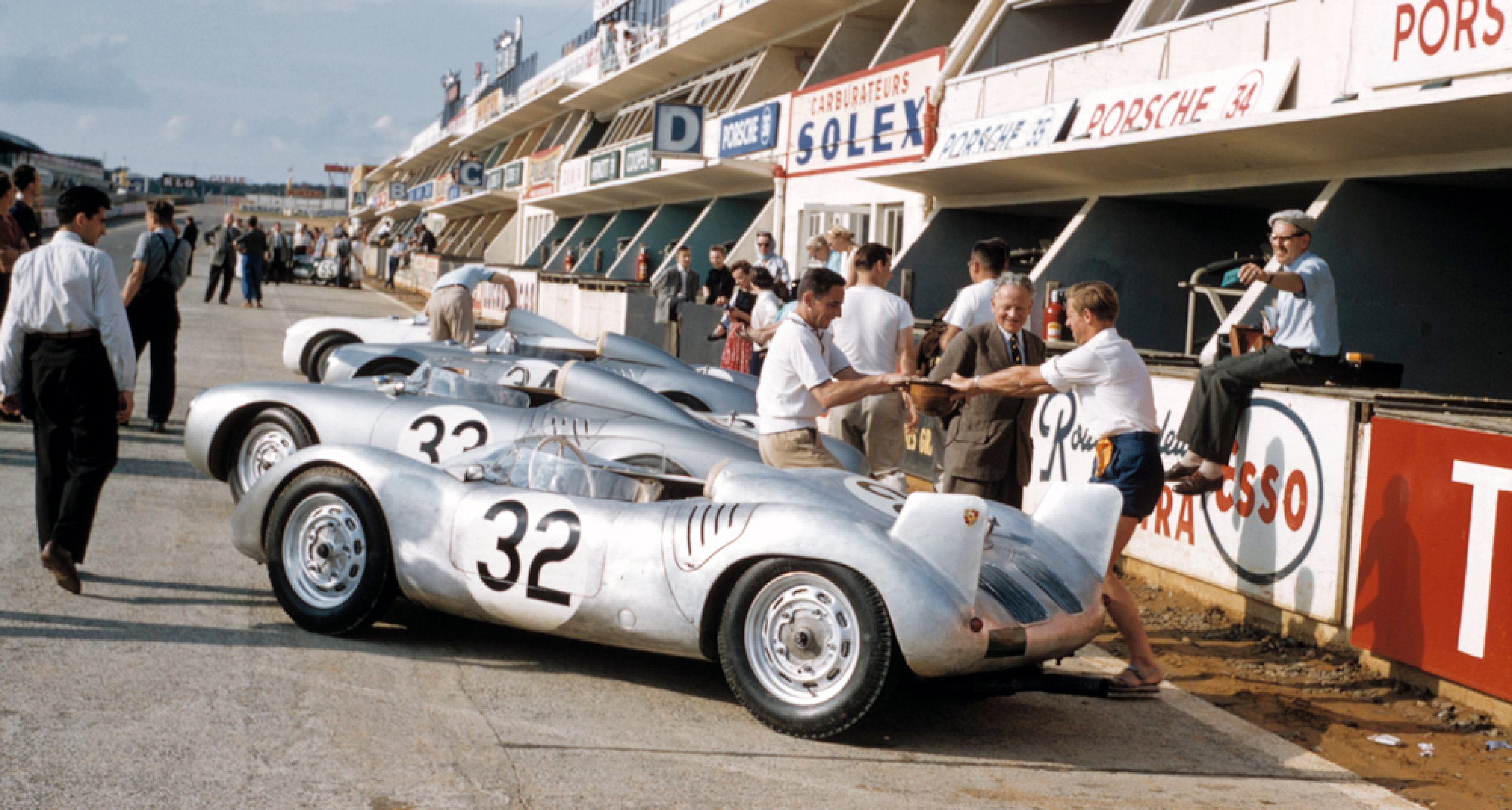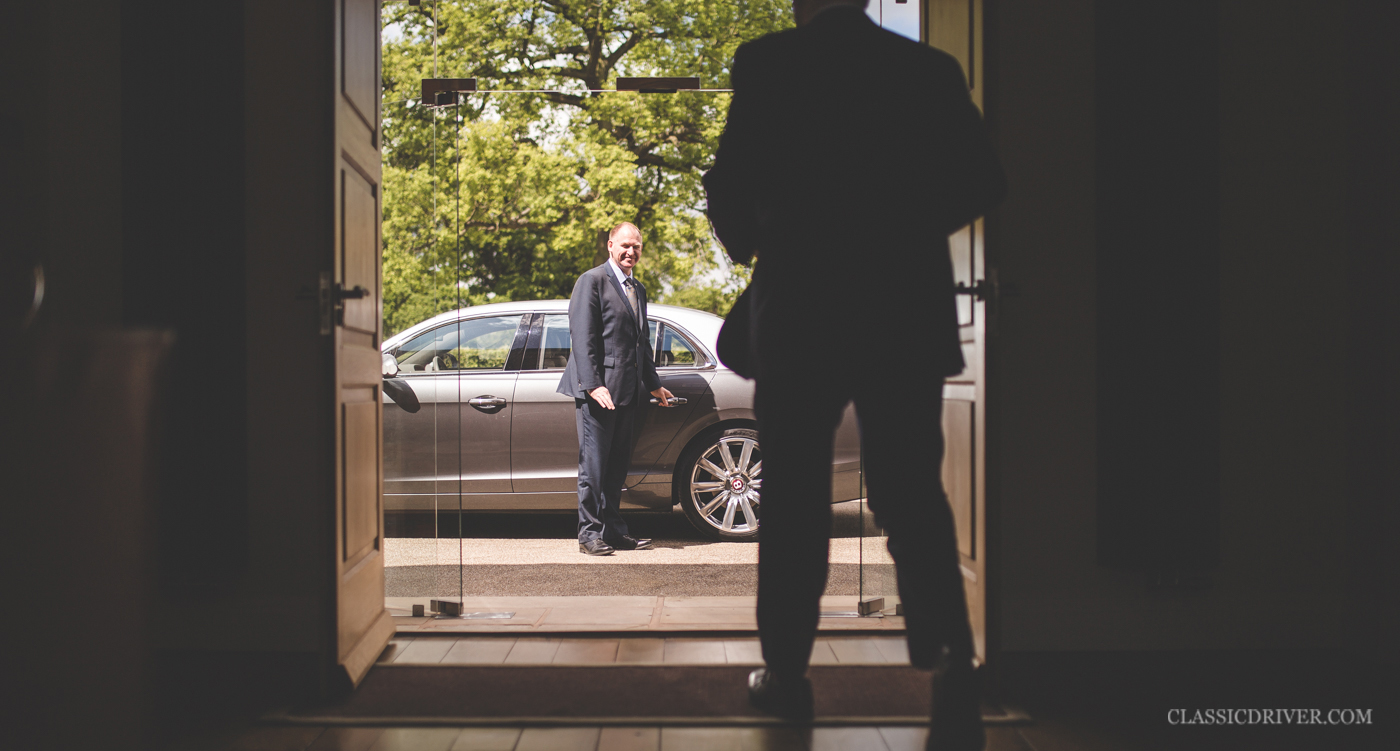
Before their unceremonious parting of ways, Bentleys were traditionally regarded as more driver-focused, while Rolls-Royce made cars in which you’d want to be driven. To dispel that age-old belief, we spent a day with David Vernon, one of two resident chauffeurs at Bentley’s Crewe HQ…
Few sights are more appeasing than a Bentley’s rear door being opened for you after a long train or plane journey.
Few sights are more appeasing than a Bentley’s rear door being opened for you after a long train or plane journey – but a warm, hospitable smile to go with it represents a welcome ‘extra mile’, so to speak. Patiently awaiting our arrival in Crewe by train from London (delayed, of course), David wastes no time in demonstrating the pride he takes in his job.
A warm welcome
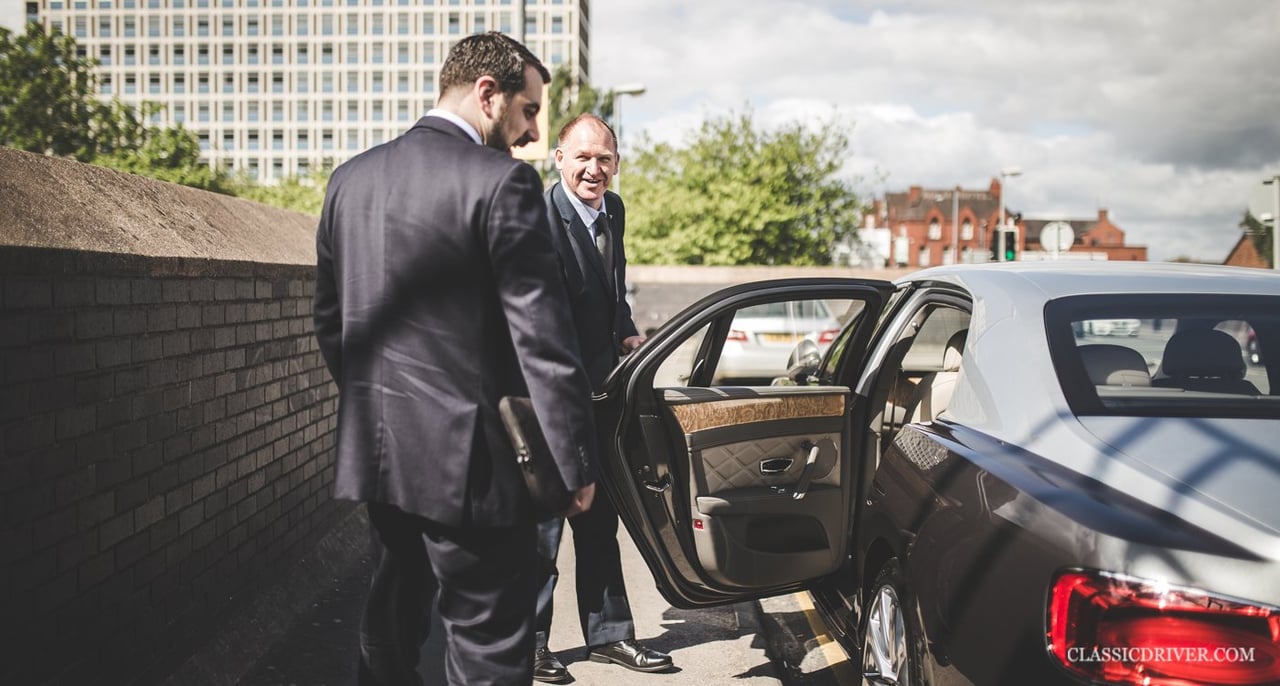
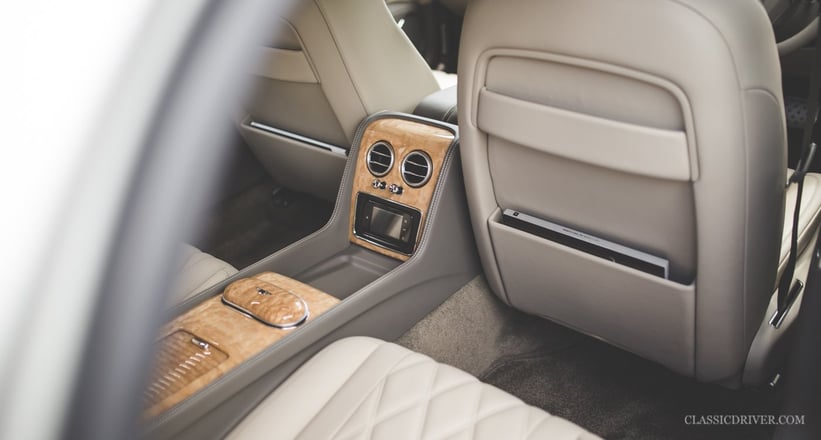
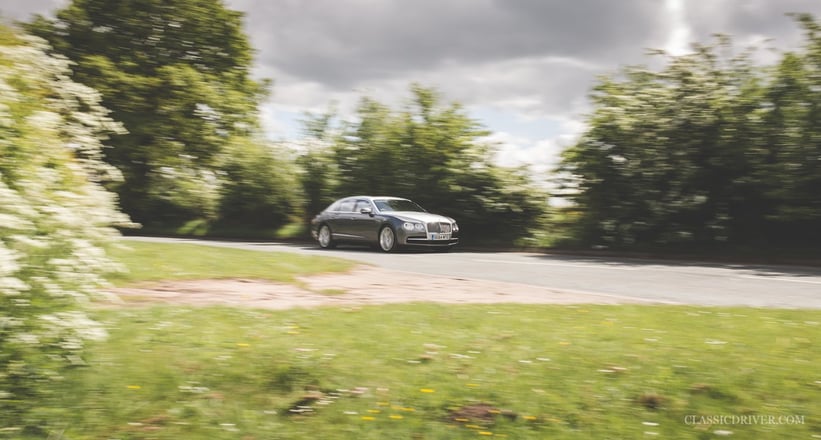
His two-tone Flying Spur stands proud in the restricted taxi pick-up area outside Crewe station, and we’re barely nestled into the quilted-leather rear seats before he explains why he isn’t currently being hassled by a traffic warden: “Crewe railway station gives our two chauffeur cars special dispensation to park here”. His proud smile isn’t going anywhere soon.
“You can usually tell within the first few minutes whether a client fancies a chat, or whether they’d prefer to be left alone,” he continues. But David seems to have us figured out ahead of schedule. We want to hear all of his trade tales; in fact, this whole journey was triggered by a tip-off about his enthusiastic anecdotes.
Local spirit
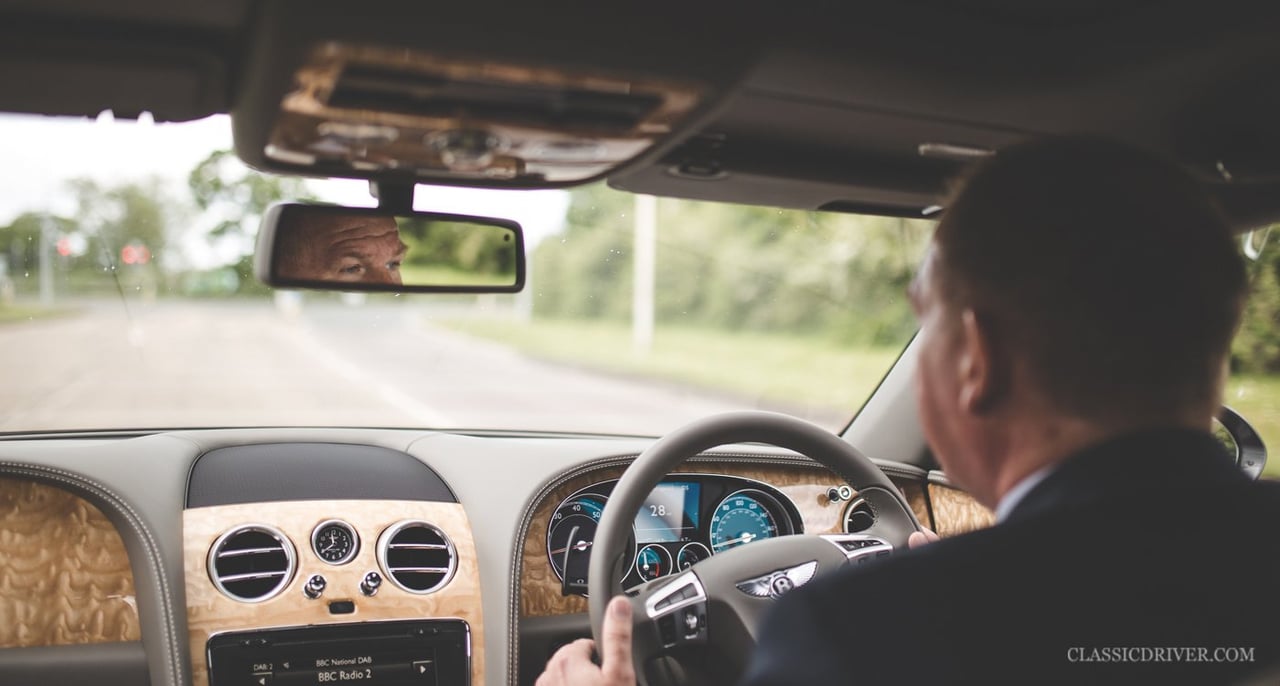
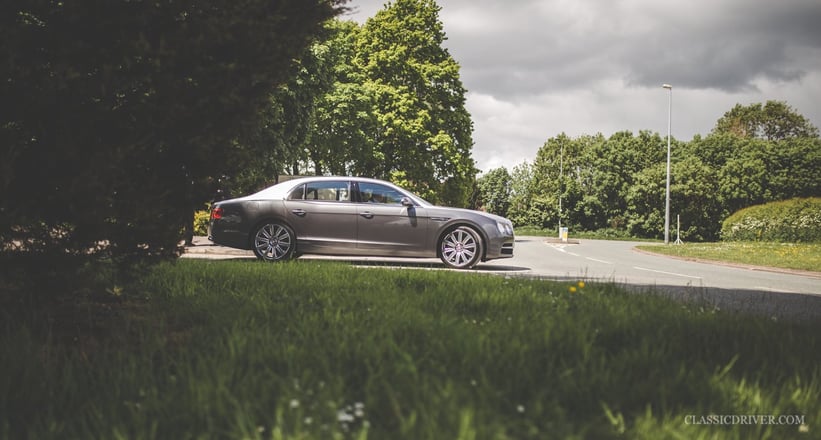

A local chap, David perfectly embodies the community spirit of Bentley’s long-term presence in Crewe (“You often get let out at junctions, or waved at by the locals,” he says). Coincidentally, one of his next jobs is to take company top brass to the annual long-standing service awards presentation, where many staff members will receive commendations for not years, but decades of service. After 13 years as a company chauffeur – before which he was a transport driver with the company for 17 years – David’s decoration is imminent. But in the meantime, there are a few things he wants to show us back at HQ.
Misters and the sisters
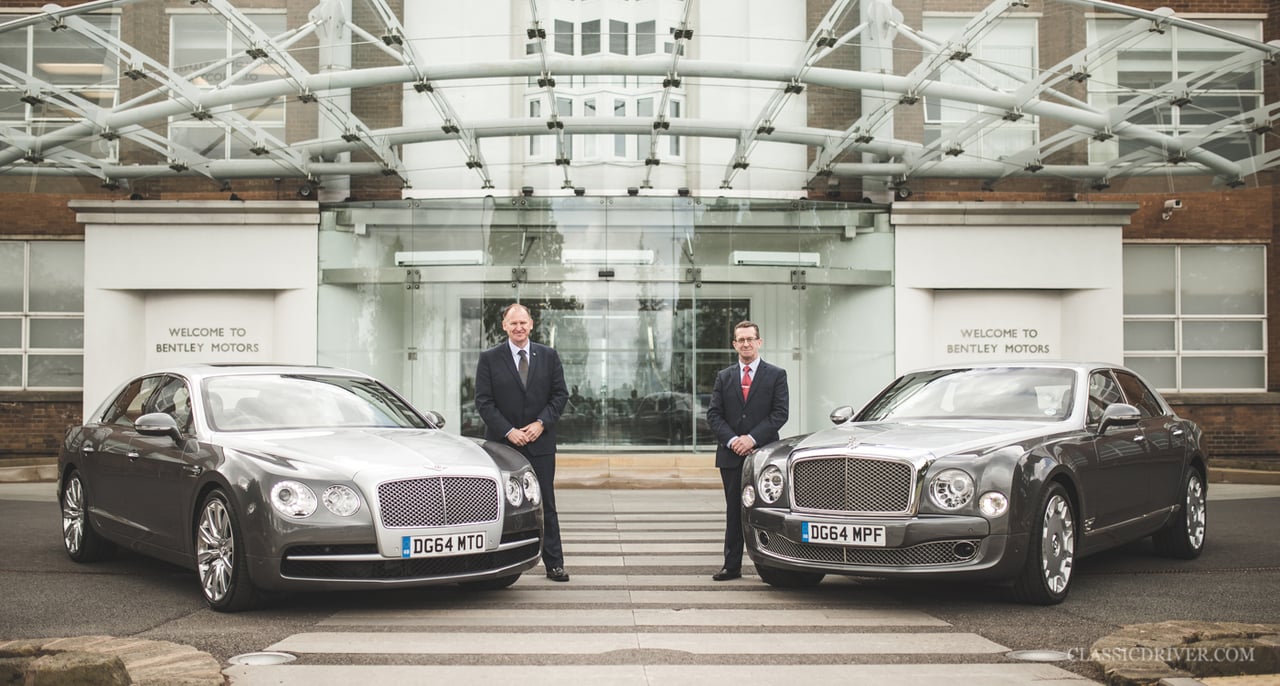
Upon arrival, he asks us to wait in the car while he makes a phone call. Within moments, a Mulsanneappears driven by his colleague Mike, with whom he shares driving duties. It’s the Flying Spur’s sister car, painted in an identical grey-and-silver colour scheme. “These are being retired next week, so it’s probably the last time they’ll be seen together,” David tells us with a brief twinge of melancholy. “They were specified with the two-tone paintwork to show visitors that we still offer that option. We’ve had many striking paint schemes over the years. The first car I was given in this role was a Verdant Green Arnage R with a magnolia-coloured interior. These two will be replaced by a pair of single-tone cars in the new Jetstream Blue colour, and it’s quite vivid.” The smile is back.
Unrivalled knowledge
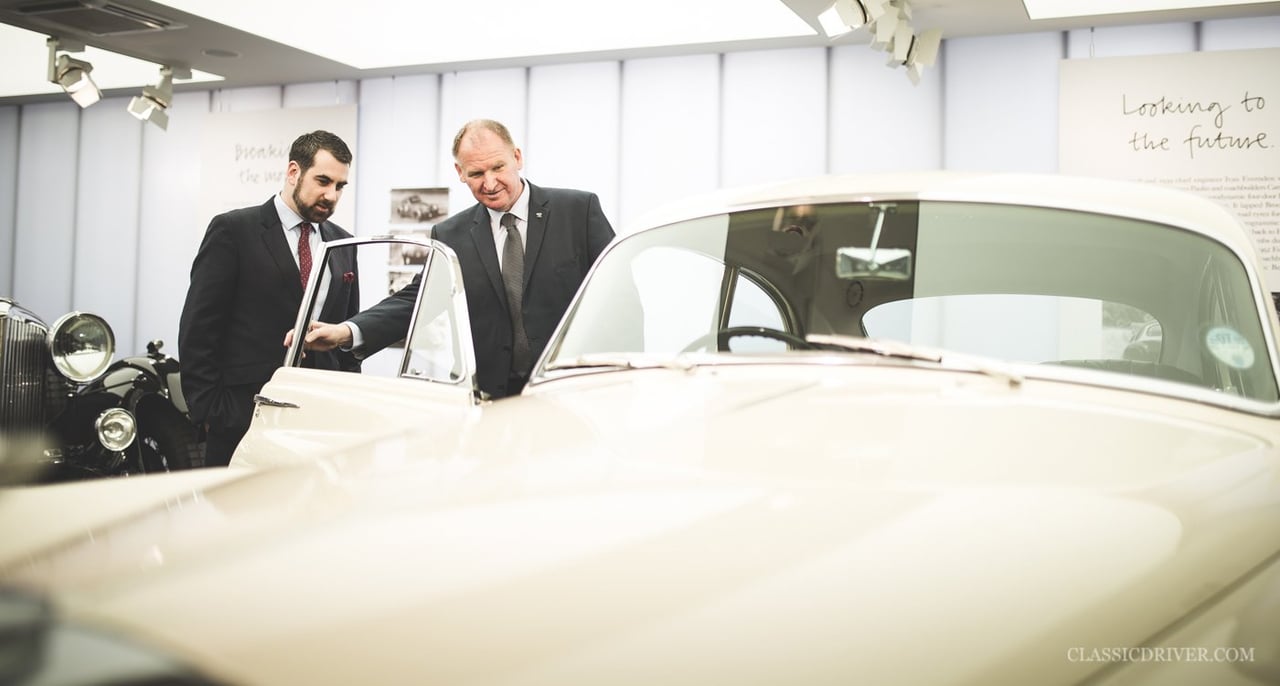

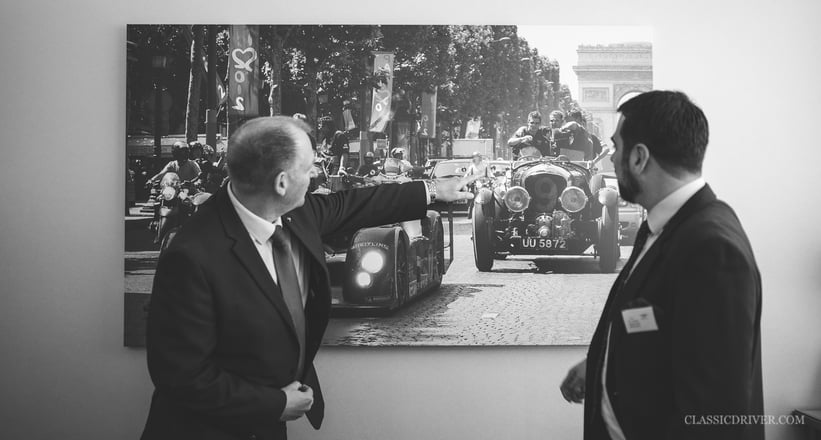
David escorts us inside, and directs us into a room – with knurled door handles, of course – where he shows us an image of one of the most memorable moments in his career: driving behind Derek Bell’s Le Mans-winning Speed 8 during its victory parade around the Arc de Triomphe in 2003. “That’s the thing I love about the job – it’s surprisingly varied. One day I’m part of the Le Mans winners parade, another day I’ll be training ‘close protection’ police officers on how to drive when escorting VIPs. Evasive driving comes naturally to them, but a chauffeur’s primary role is to drive smoothly, as if there’s a glass of water on the dashboard. The passengers should never feel any acceleration, cornering or braking forces. Unless they want to, in which case I’m more than happy to oblige.” David’s duties have given him a deep knowledge of the company, which he demonstrates as he gives us a tour around the cars in the museum.
Whistle-stop tour
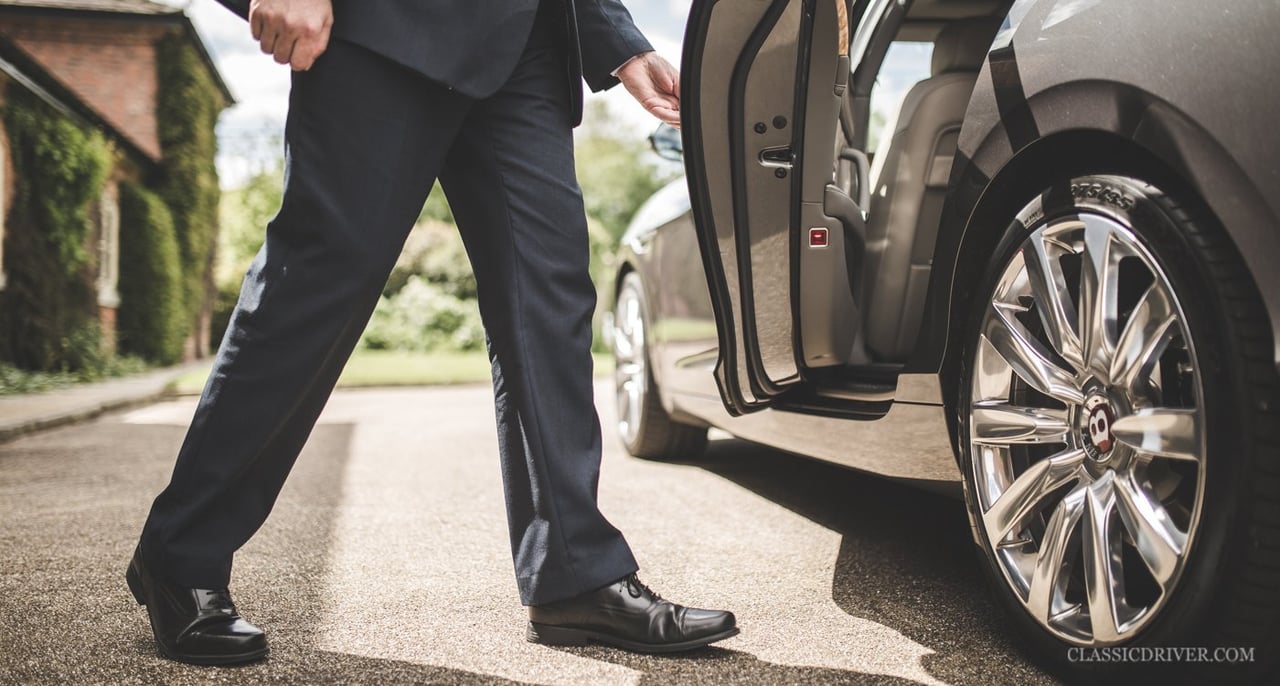
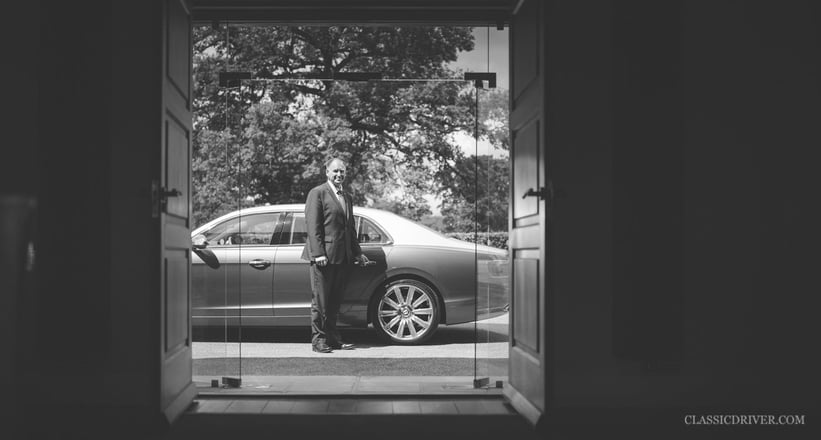
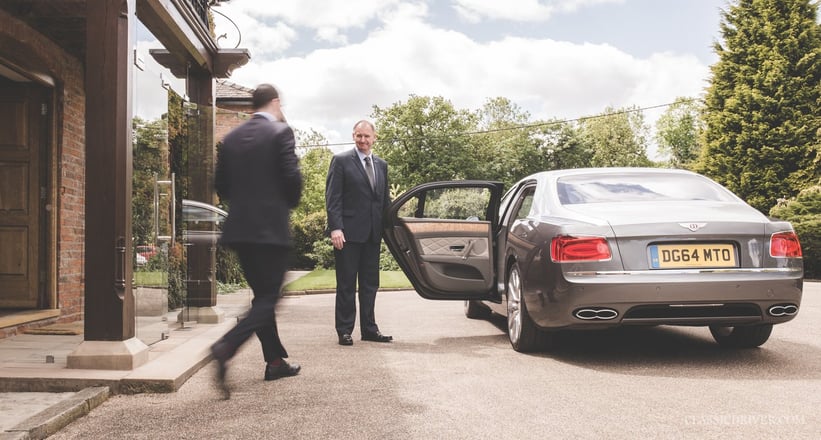
Next on our whistle-stop tour (oh dear, that’s reminded us about the return train journey…) is the house traditionally provided to the company CEO while in power; Bentley’s 10 Downing Street, if you like. Dürheimer’s pad undoubtedly trumps that of the British Prime Minister in terms of character. It’s a former servant’s quarters building converted into a single household, with the interior outfitted by Bentley’s interior design team – the dining table is made of the same veneer used in the cars, and the company’s past Christmas cards have been adapted into wall-mounted art pieces. It’s a familiar destination for David: “Whenever Mr Dürheimer and other board members are in the country, Mike and I are responsible for taking them wherever they want to go,” he explains. “They keep us quite busy. But when we do early starts or late finishes, we take the cars home. It’s quite funny; when I’ve got the Mulsanne, the car parked in the driveway is worth more than my entire house.”
Step inside, Sir
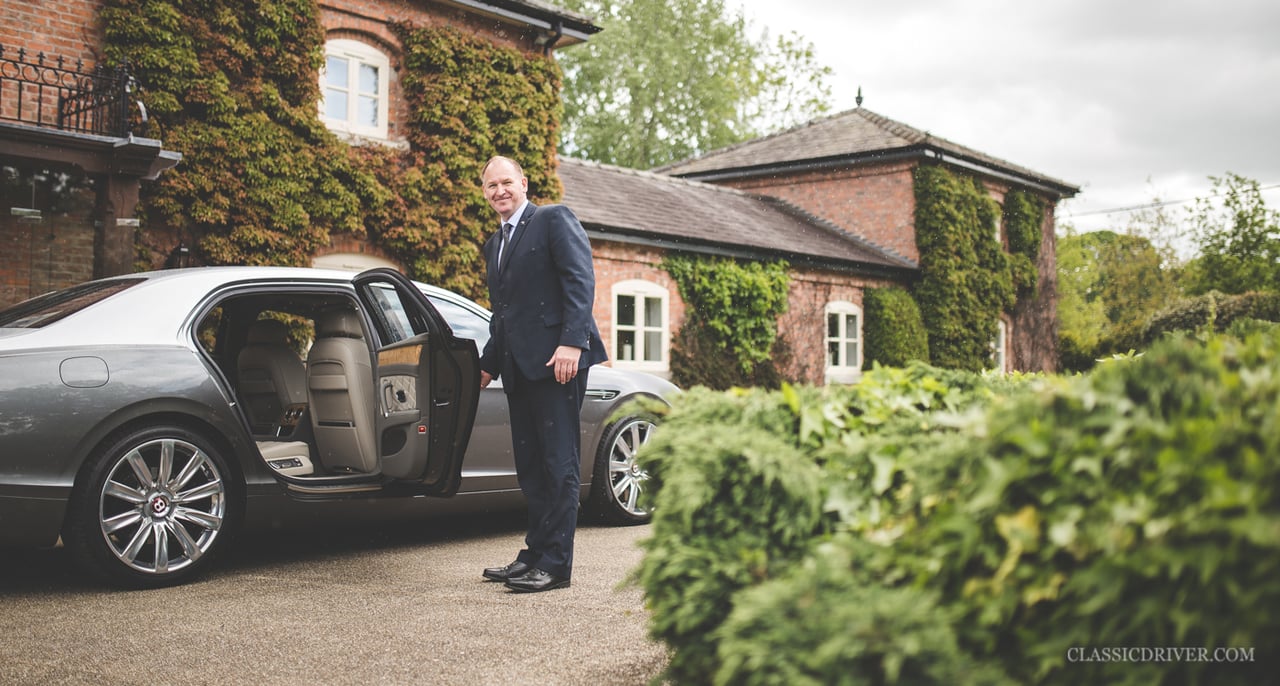
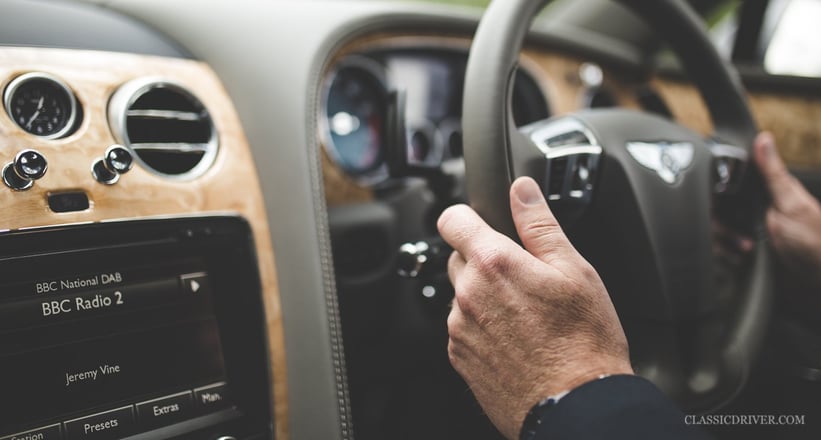
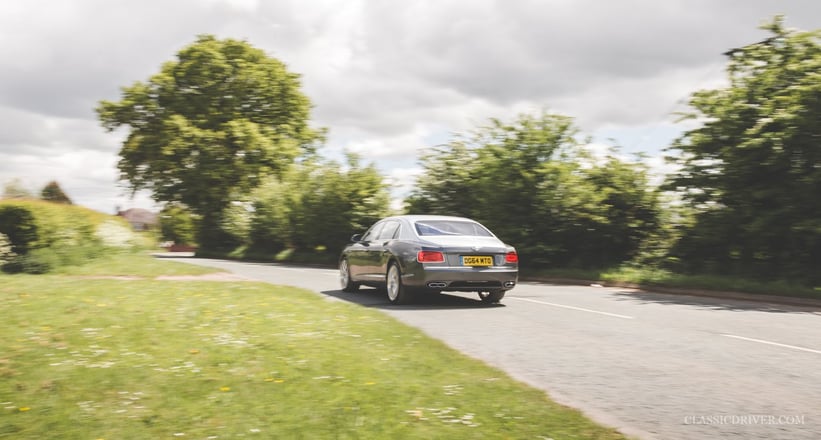
David’s most memorable journey? “Not long after I started, we had an elderly gentleman visit the factory – he was perhaps 90 years old, and had worked for W. O. Bentley as an apprentice at Cricklewood,” he recalls. “Coincidentally, he’d worked one of the cars in our museum when it was a new, experimental car; he also remembered waving the Bentley Boys off to Le Mans. When I dropped him off after his tour, his last words to me were ‘Thanks David, W. O. would be proud of what you’re all doing today’. I heard he passed away a year or two later, but I’ll never forget his stories, or his parting verse.” Seals of approval don’t come much more authentic than that, regardless of whether you prefer to drive, or be driven.
Photos: © Tom Shaxson for Classic Driver
You can find a wide range of modern and classic Bentleys for sale in the Classic Driver Market.


